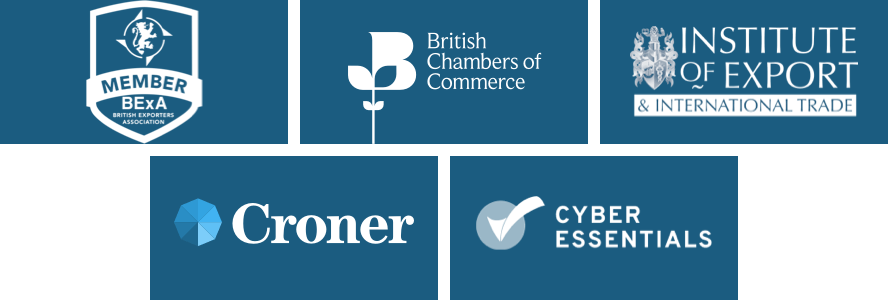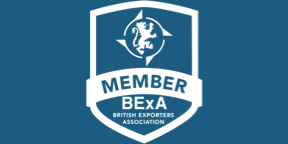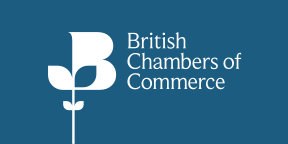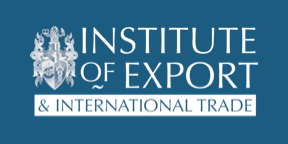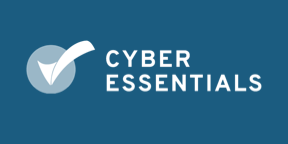
Understanding the significance of a Non-Manipulation certificate and its optimal applications is perhaps, more than ever, vital for UK exporters, who may have previously faced pricing challenges.
Most Rules of Origin require the direct consignment of goods, meaning that for a product to be eligible for Origin treatment, it must be transported directly from the place of production to its preferential destination. Provision is, however, made in most Rules of Origin that goods may be transported through territory other than that of their Origin or final destination, if this is justified, e.g., for geographical reasons, and if the goods in question have remained under Customs surveillance and have not entered into the commerce of the transit country.
A certificate of non-manipulation from the transit country can be required in the destination country. However, the guidance provided by HMRC in this domain is exceedingly limited. As a result, comprehending how to utilise it may prove challenging, due to its complexity.
Since the UK departed from the European Union, many UK exporters have faced a price disadvantage when selling goods imported into the UK compared to their EU counterparts.
Non-manipulation, or in some agreements known as Non-Alteration, is one of the Customs activities that can be used by traders who have a Customs Warehouse. This article aims to demonstrate how straightforward this process can be, provided you have a clear grasp of the rules.
To begin, Non-Manipulation can only be used by a trader operating a Customs Warehouse in the UK. Furthermore, it's crucial to thoroughly review the specific provisions concerning Non-Manipulation and Non-Alteration within any given Trade Agreement, as these regulations can vary between different agreements.
A Customs Warehouse, whether public or private, is a special procedure where you can store goods unlimitedly without paying any duties or taxes. This means the goods have not been fully imported into the UK under ‘Home-Use’/’Free Circulation.’ This is known as “Customs Supervision.”
Within the Customs Warehouse, you can choose any of the 22 usual forms of handling, which enables you to do simple things like unpacking and repacking, should the packaging have become damaged during transit. Simple size cutting and dividing can also be done, but the most important thing to remember is that if you use Non-Manipulation or Non-Alteration, you need to read the details within a Trade Agreement.
How does this work in principle?
For this case study, a certificate of Non-Manipulation issued by the Customs authorities of the country of transit will be HMRC.
You must acquire a blank Non-Manipulation certificate (NMC) from HMRC. Subsequently, place it onto your company's letterhead, as the certification requires the exporter of record's signature. Afterwards, forward it to HMRC for their approval, which can be in the form of a stamped and signed document or an electronic signature.
Upon submitting your application for a Non-Manipulation certificate, including a copy of the import entry into the Customs Warehouse, together with a copy of the export entry, demonstrating the goods' removal from said Warehouse, is essential. You can conveniently email these three documents to HMRC for approval. Typically, assuming all requirements are met, the certificate can be processed and issued within 24 hours.
Upon the arrival of the goods in the destination country, the Customs authorities will assess the duty and local tax values. Nevertheless, if a Non-Manipulation certificate is provided, and a Trade Agreement exists between the original exporting country and the importing country (other than the UK), the goods can be imported without incurring duty and VAT. Usually, the certificate will be emailed to the customer to present to their Customs authority upon arrival.
To illustrate the concept of Non-Manipulation, I've provided a couple of real-world scenarios. These instances demonstrate that this concept is less complex than it may initially appear.
Scenario 1
Product – Drums of Chemicals of Swiss origin
Exporter – Based in Switzerland
Importer – Based in the UK
Sold to – Company based in France.
The exporter, based in Switzerland, exports drums of Chemicals to the importer in the UK, who holds a Customs Warehouse authorisation.
The shipment arrives in the UK, and the importer does not want to use Preference from Switzerland to import the goods, so they are imported directly into the Customs Warehouse using Procedure Code 71 00 and Additional Procedure 000 on CDS (Customs Declaration Service).
The inventory in the Customs Warehouse is then sold to a customer in France, and without the Customs Warehouse in the UK, the French importer would have to pay the duty and VAT, making the product more expensive to buy from the UK. Therefore, French buyers advised that they would have to purchase elsewhere, as the product is now far more expensive than when the UK belonged to the European Union.
So now the goods are being shipped to France, there is a Trade Agreement that exists between the EU and Switzerland, so because the goods are being exported from a UK Customs Warehouse and by the UK exporter applying for Non-Manipulation with HMRC and receiving a fully stamped document clearly showing that the goods were under Customs supervision in the UK Customs Warehouse, the UK Exporter must use Procedure Code 3171 and Additional Procedure Code 000 on CDS to re-export from the Customs Warehouse in the UK.
The stamped and signed document was received by the UK exporter and passed to the French importer. French Customs accepted the Non-Manipulation/Non-Alteration certificate, and the French Customs entry was treated as though the goods were sent directly from Switzerland to France under the EU-Swiss Trade Agreement. Therefore, no French duty/VAT was applicable.
Our client is more than pleased with not only how simple this was to do but also, due to how fast HMRC was in issuing the Non-Manipulation/Non-Alteration certificate, that the French Importer has not decided to go elsewhere for the product.
Scenario 2
Product – Electronic Equipment
Exporter – Based in Singapore
Importer – Based in the UK
Sold to – Company based in several locations in the EU.
The exporter of the electronic equipment is in Singapore, and they are of Singapore Origin and shipped to the UK.
The UK importer has a Customs Warehouse and imports the electronic equipment into their Customs Warehouse using Procedure Code 71 00 and Additional Procedure 000 on CDS.
The inventory in the Customs Warehouse is then sold to customers in France, Germany, Italy, and Portugal.
The UK Customs Warehouse holder then creates a Non-Manipulation certificate and sends it to HMRC, along with the import entry to the Warehouse, and the export entry for the removal from the Customs Warehouse for formally stamping that the goods were under Customs Supervision.
Upon import into these EU countries, the EU-Singapore Trade Agreement is used, and using the UK Customs Warehouse again is perfectly acceptable under the EU-Singapore Trade Agreement. The UK company that imports the Singapore Origin goods into the UK and the EU importers were pleased that the Non-Manipulation/Non-Alteration rules within the trade agreements have been used effectively without any issues.
Once again, for re-export from a Customs Warehouse in the UK, the UK Exporter must use Procedure Code 3171 and Additional Procedure Code 000 on CDS.
Concluding Statement
Understanding the significance of a Non-Manipulation certificate and its optimal applications is perhaps, more than ever, vital for UK exporters, who may have previously faced pricing challenges.
The primary emphasis lies in the fact that within the Customs Warehouse, under Customs Supervision, no work or alteration of goods takes place and they do not undergo operations other than unloading, reloading, or any operation designed to preserve them in good condition, for example, change of packaging and relabelling, which are known as Usual Forms of Handling.
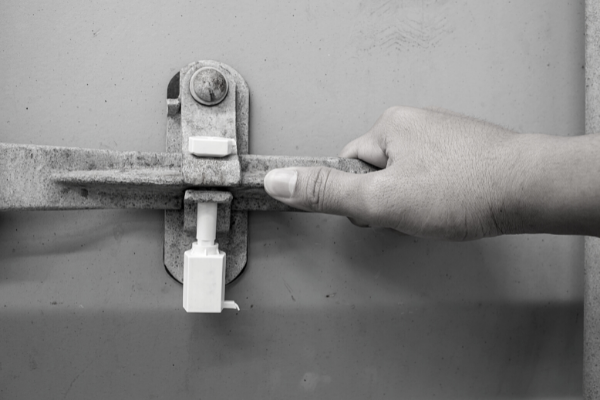
Customs Warehousing Explained - Technical Workshop
More companies than ever before are now considering a customs warehouse as vital to an efficient supply chain. This workshop explaining how to set up a customs-bonded warehouse facility in the UK will show you how to improve your cash flow, support customs regimes and trade agreements while goods are under customs supervision, and save money by using Simplified Procedures.

Understanding Origin & Preference
What is the difference between origin and preferential origin? This interactive workshop explains this by using case studies and exercises to help the learner understand when they are important in both export and import scenarios. It examines the documents and statements used to declare origin and preference and how to verify if your goods meet preference rules across different trade agreements. With HMRC audits increasing, you and the business need to be comfortable with this complex area.

Focus On: Understanding Free Trade Agreements
With the UK developing new independent trade arrangements both to encourage the export and import of goods and services from affiliated markets, this session is a must. Some knowledge of customs regulations is recommended or attendance on courses introducing this topic. This course looks at the structure of new and old UK international trade agreements, the key rules of origin and how to understand the whole agreement covering goods, services and other trade issues.
OneCall™ Email assistance as and when required; A one-call solution for all your import, export and customs enquiries. Export help. Import help. Customs help.
Stay informed about customs and international trade matters by subscribing to our OneCall™ service. This comprehensive offering includes a dedicated email helpline for support, timely practical updates direct to your inbox (Did You Know?), monthly UK Customs & Trade Briefings and access to an interactive members' area with an exclusive community for our subscribers.
International Trade Updates & Spotlight Newsletter
Subscribe to our free information emails covering international trade topics...
MORE INDUSTRY INSIGHTS...

Strong & Herd LLP



